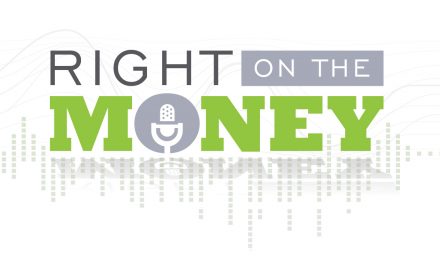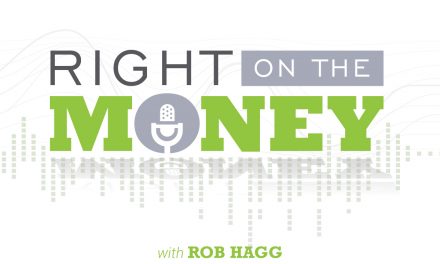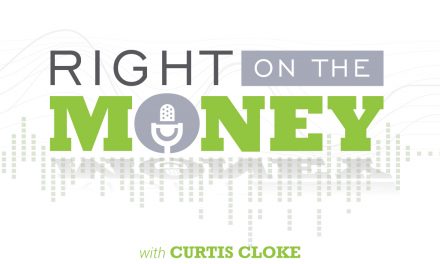Often-overlooked benefits can provide big reward to a small segment
Synopsis: Highly-paid and taxed professional services providers, including doctors, can benefit from high-impact retirement asset management strategies that are often misunderstood or underutilized. Management of taxes on accumulated assets can ease the burden of managing risk and growth.
While many workers are challenged to create enough wealth to retire, high-earning, professional services providers – including doctors and athletes – face the very different struggle of preserving the wealth they’ve already created. Fortunately for them, effective retirement planning that emphasizes tax management can keep them from forfeiting up to 90% of their income over the long term, including estate taxes. In some cases, the high earner in a 40% tax bracket has solutions available that exceed ones provided to those who earn less.
Surprisingly, many high-income earners are unaware of or misunderstand the available remedies. By employing the services of a qualified retirement plan professional who knows this niche, tax burdens can be reduced by 50%. Moreover, by effectively managing the tax component in earning and retirement years, earners reduce reliance on the income and investment elements of their portfolio. Managing taxes isn’t even a risk; it’s simply implementing readily available tools.
Key to the tax management solution is affiliating with a retirement planner who’s not only experienced with these guidelines, but who also collaborates with knowledgeable CPA and actuarial colleagues. Together, a team of professionals can implement strategies that overcome underutilized or overlooked opportunities.
Although defined benefit plans (pensions) are disappearing from many workplaces, they’re being embraced by high-income earners due to the high level of tax protection afforded to participants. In part due to the 2006 Pension Protection Act, contributions of roughly $2.5 million can be shielded from taxes, and when combined with an advanced benefit plan, enjoy unlimited tax protection.
Another tax-advantaged strategy is a 401(H) plan, which functions like health savings account, but with added benefits. Not only can pre-tax dollars be set aside to fund anticipated medical expenses occurring in pre and post-retirement years, this plan type allows for carryover or make-up contributions in future years, along with tax-exempt distributions. Additionally, the plan applies to dependent parents living with the contributor. Again, many who qualify do not realize the extent to which they can contribute and shield income from taxes.
Well-advised high-income earners also utilize traditional devices like a Roth IRA, which accumulates tax –free and is excluded from conversion taxes and required minimum distributions (RMDs); life insurance, with benefits that pass tax-free to heirs, a cash value that can produce tax-free income, and a long-term care rider; and fixed-index annuities, which provide gains when earned by a designated index, and a guaranteed floor value in the index’s underperforming years.
High-income earners whose retirements are more “when” than “if” can leave a lifetime’s worth of earnings on the table if their resources are not managed appropriately. Accordingly, they can be well-served by affiliating with financial professionals who understand their situations, and who routinely diagnose and remedy tax management issues that can otherwise disrupt their retirement portfolio.
Syndicated financial columnist Steve Savant interviews top retirement specialists in their field of expertise. In this segment we’re talking to economist, best selling author, registered investment adviser and masters of science in financial services Dan Casey. Right in the Money is a financial talk show distributed in daily video press releases to over 280 media outlets and social media networks.




